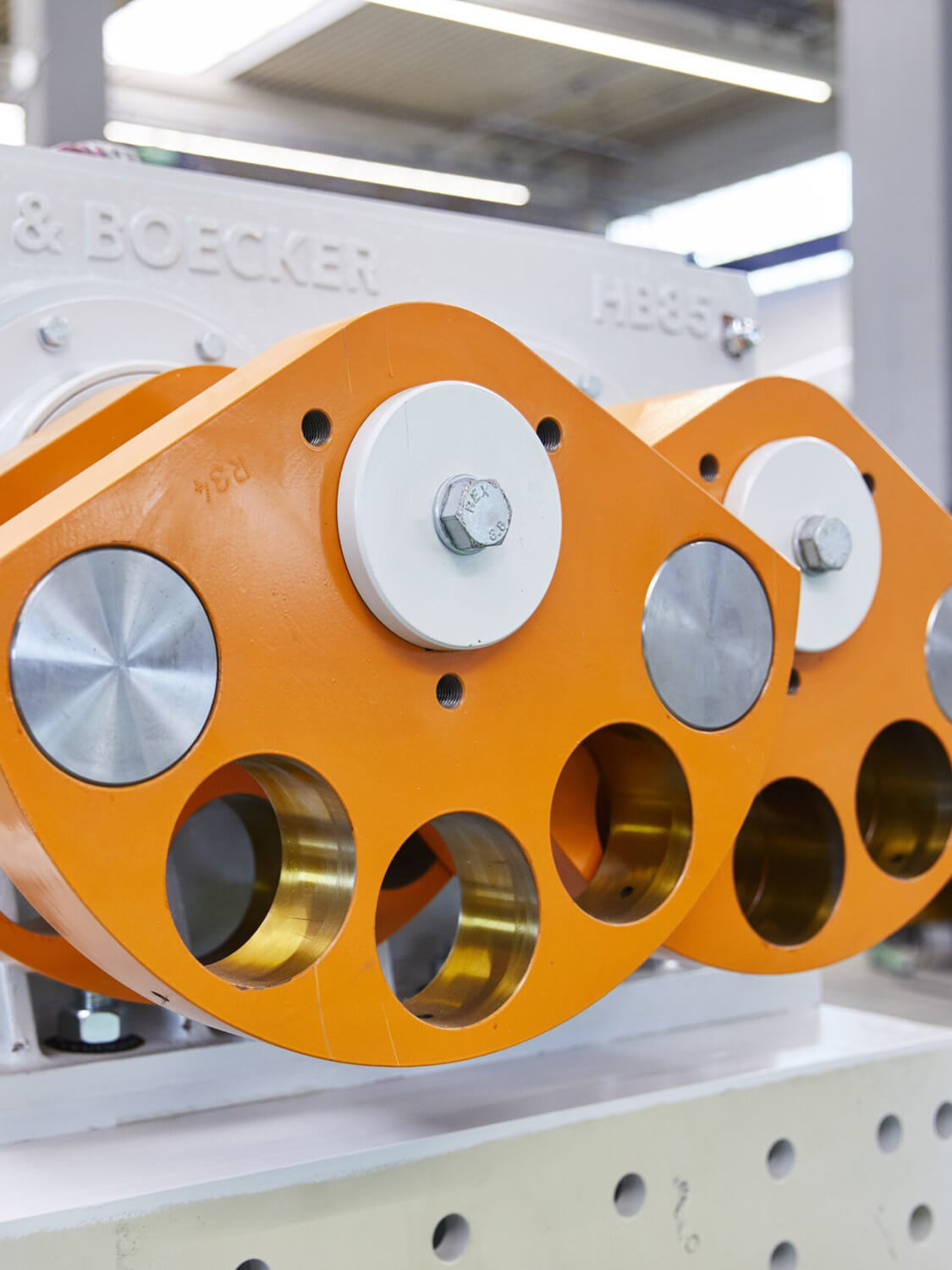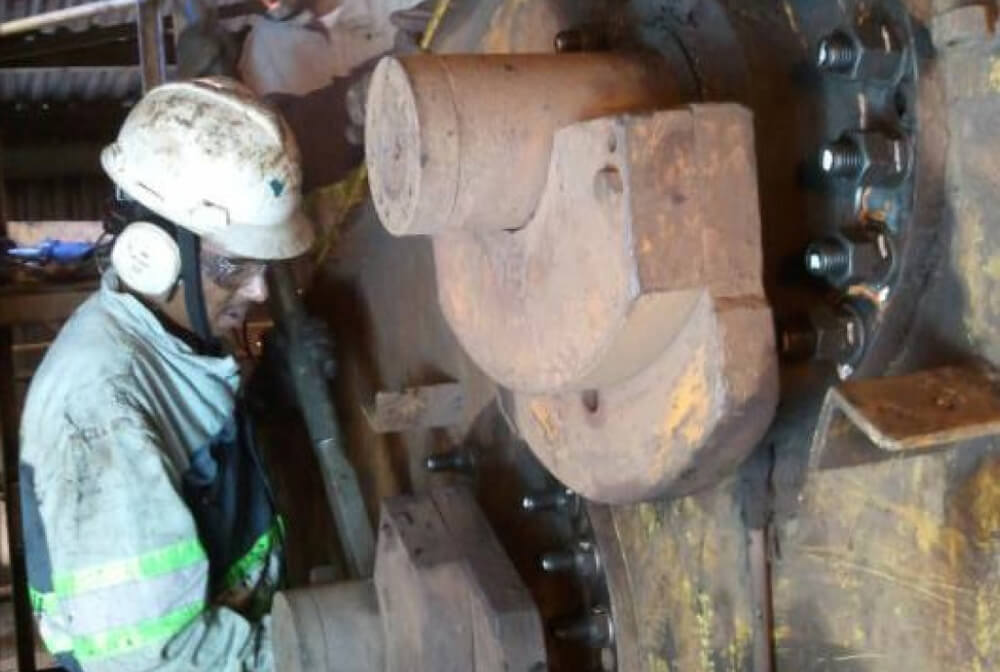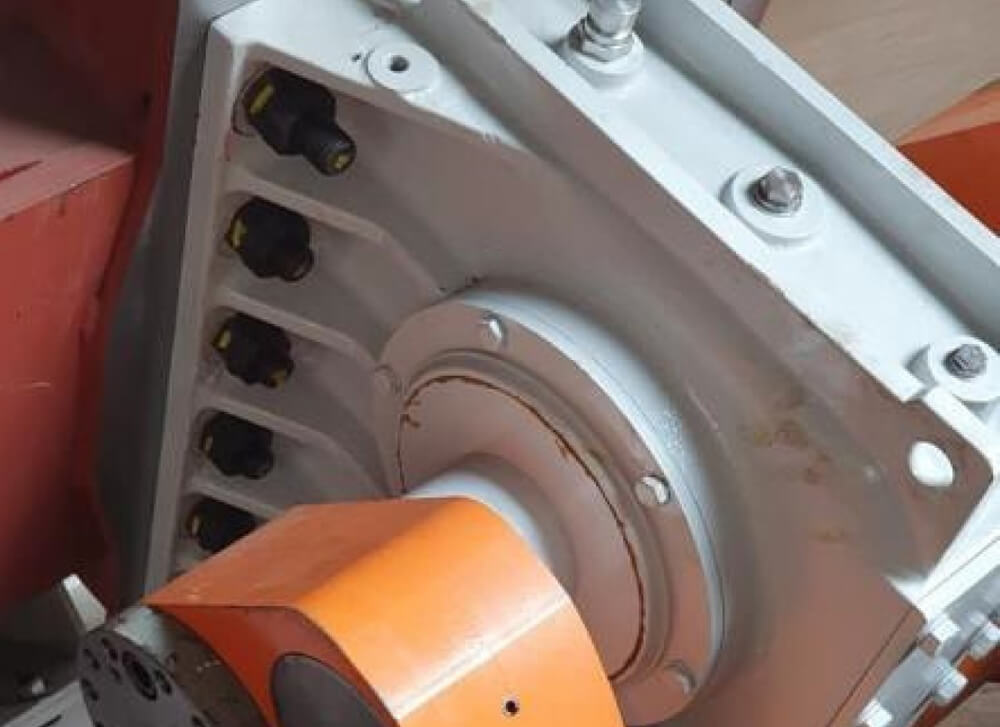Vale Itabira Coal Mine – Haver Vibration Screens
*Some images are for illustration purposes only.

Overview
In this case study we show the events that lead Vale, a mining company, to choose HARDLOCK as a solution for problems they were having with their assets. HARDLOCK NUT was first trialed at Itabira Mine in Brazil for 6 months. After proving our locking nuts were resilient to vibration, HARLDOCK NUT was employed for all vibration screens. One of the vibration screen makers Haver & Boecker also decided to use HARDLOCK NUT in their designs to achieve a long lasting product with minimal maintenance. HARDLOCK NUT is now being installed into many mining products across the globe and can be found in mines on continents spanning from Africa to Australia and beyond.
Problem

All 150 machines required re-torquing of all nuts once a month, which was 1,500 hours lost to maintenance alone.
- The vibration screens Vale used were very vulnerable to vibration.
- Regular maintenance routines for normal vibration screen usage were not an option due to harsh vibrations, resulting broken bolts.
- There was no cooperation between maintenance departments and teams on the ground. There were even screens installed with two or more nylon nuts in attempts to lengthen exciter joints lifetime with no consistancy.
Solution

Re-torquing is only required during major shutdowns. Increased productivity and no more bolt fractures.
- HARDLOCK NUT was first trialed for use in Exciters.
- Before re-torquing, exciter covers needed to be removed with a crane. Then 10 or more bolt joints were then re-torqued.
- With HARDLOCK NUT, there is no required re-torquing after installation. No more broken bolts and no more re-torquing which leads to major improvements to productivity.
